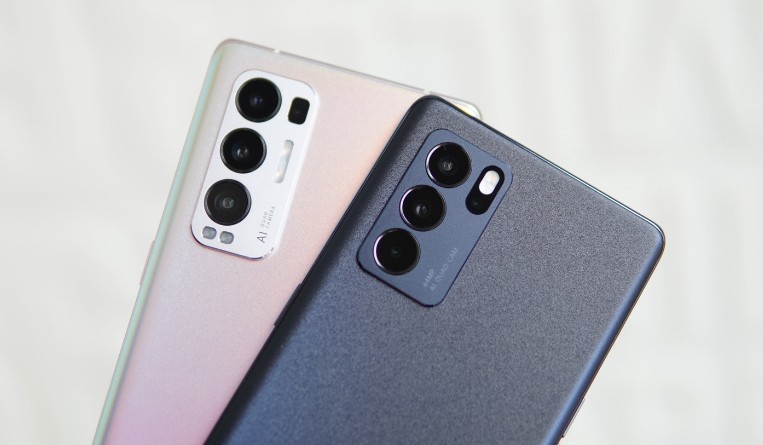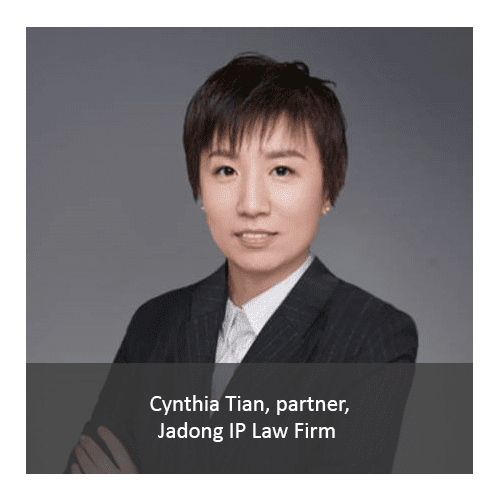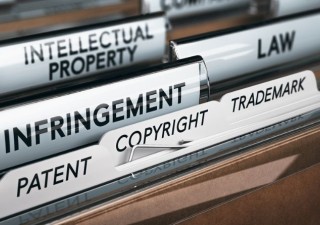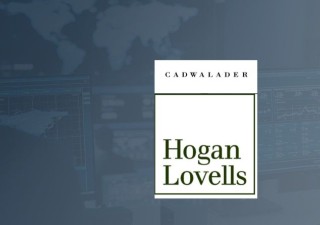“The ruling can also urge patentees to make more careful use of their competitive advantages of their rights, and to be more cautious about licensing and litigation in the future, including the determination of license rates and terms, etc., as well as adjusting their strategies flexibly in a timely manner to deal with changes,” she says. “In particular, patentees should have a positive attitude and layout across jurisdictions in order to consolidate the stability of patents worldwide and to be in an active position in the subsequent possible litigation.”
“Of course, there are still few enterprises involved in SEP cases. Generally speaking, SEP cases mainly occur in the fields of communications and IT. Due to its special nature, after the release of a technical standard, relevant manufacturers as well as upstream and downstream enterprises of products would implement this standard. This also means that patentees need to undertake patent layout all over the world, including a large number of patents. In particular, SEP focuses on technology giants, which own important patents in the industry and usually have many IP advantages. Enterprises that need to use SEP are also often of a certain size, so both parties will maximize their own interests in negotiation or even litigation,” she adds. “With all that said, how to make full use of procedural and substantive rules, including negotiation and litigation checks and balances, so as to obtain as favourable litigation results as possible and promote the realization of profit-maximizing fair, reasonable and non-discriminatory licensing agreement is still a problem that both patentees and users need to seriously consider.”
Johnny Chan








